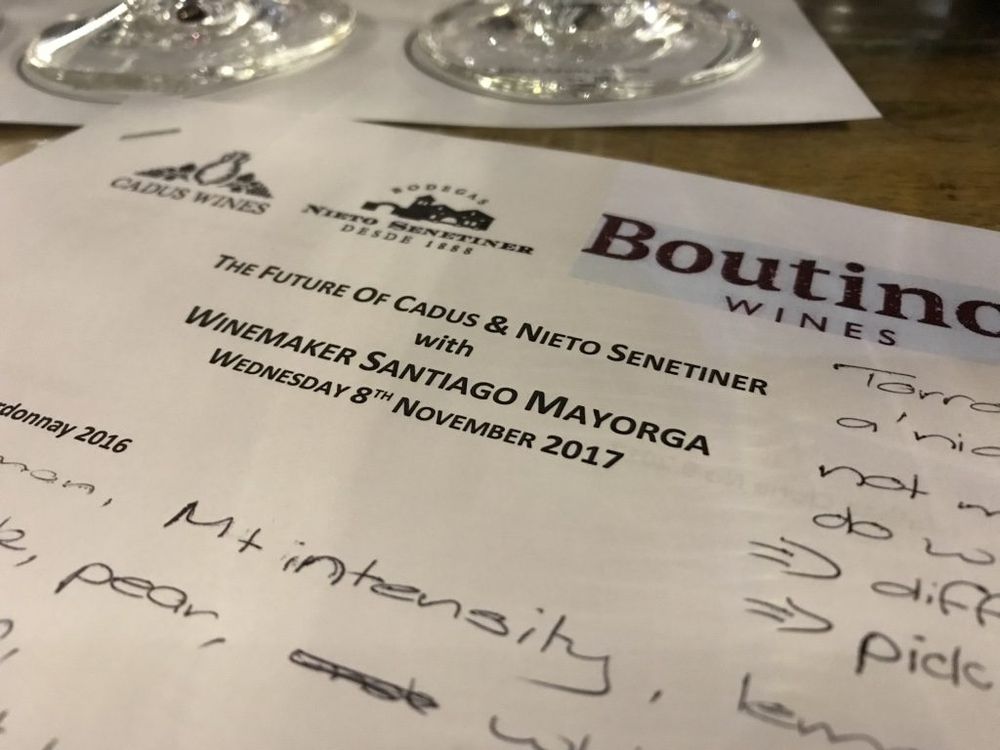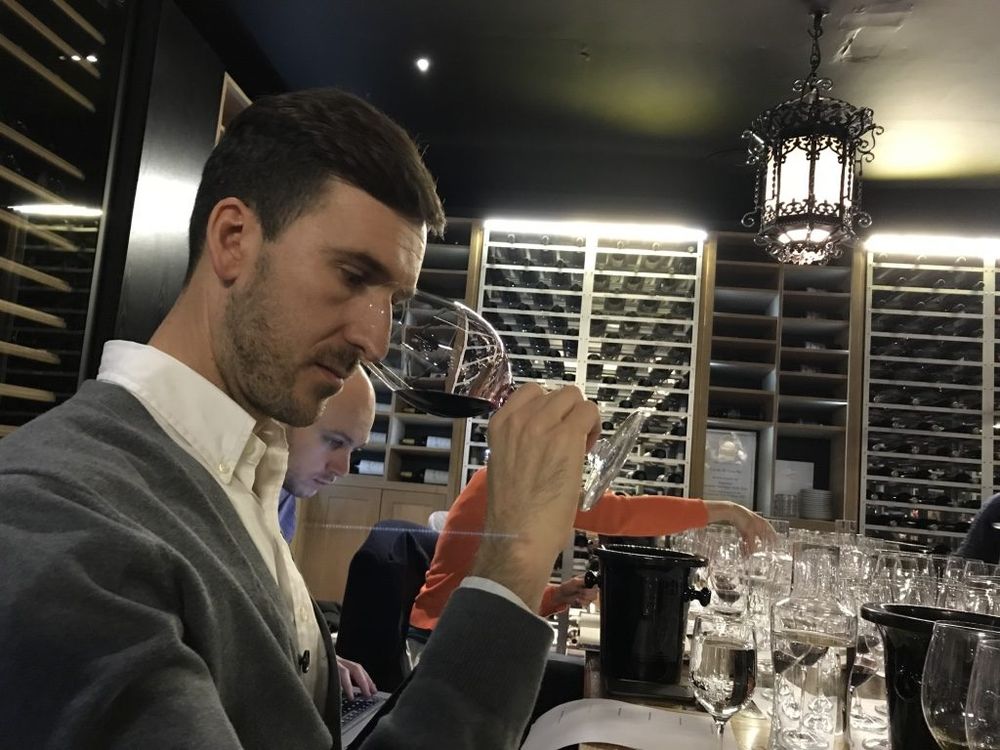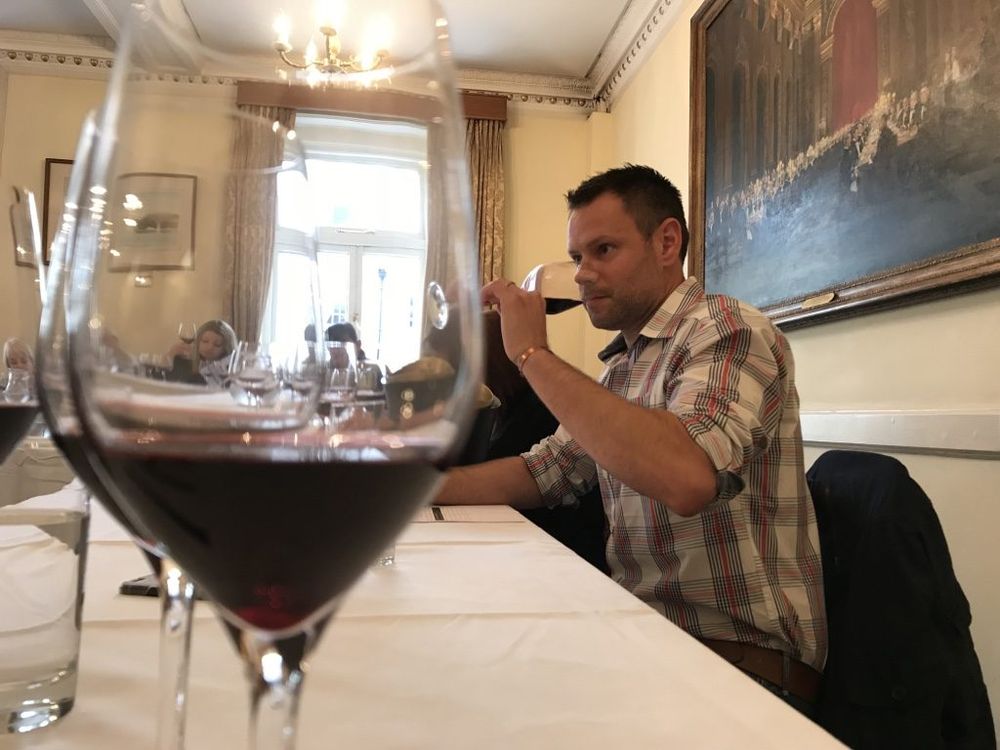They are like buses and policemen. Never there when you need one and then a whole line of them show up at once. First it was a Malbec lunch with Cadus and then it was a Malbec-centric day with KWV’s winemaker Win Truter.
What next for Malbec? Dear me, how long have you got?
What a ridiculously open-ended thing to have as a title for an article, eh?

Turner: lured by the smell of just-cooked cow… and Malbec
To be fair, this was just going to be an article about a lunch I had recently with the lovely Santiago Mayorga, head winemaker at Cadus Wines. For full disclosure, the guys and girls at Boutinot Wines had promised me a steak and Malbec lunch, and I’m only human!
That doesn’t always tally that you come away with something actually worth writing about. We’ve all been to presentations, lunches, dinners, etc where you’re sat there thinking “right, toothpick, taxi, outta here!” I’m incredibly happy to confirm that this was not one of those occasions.
You can’t say you feel sorry for winemakers coming over from Mendoza. I mean they live in Mendoza for pity’s sake, let’s start with that. But Santi walks into a room with a few wine people who, it’s probably fair to say, have had one or two Malbecs in their time. Amazing concentration of black fruit and violet notes up to its eyeballs, but what’s your point fella?
Oh ye of little faith, Turner!

Santiago Mayorga: looking the part of the conscientious winemaker
After sampling some of his non-Malbec offerings (including a smashing Criolla that’s getting its own write up soon!) the glasses were cleared away and up popped four unlabelled tank samples. Ears sharpened up and pens were at the ready as Santi began pouring and explaining that the only way Malbec moves forward in Argentina is if further field research occurs in the different clones – and we were to be his latest guinea pigs.
The team at Cadus has planted eight different clones across different plots of land they own. Each plot of land has every clone and continual pruning, harvesting, and eventually tasting is what is going to help them produce the best Malbec they possibly can.
Just to annoy my numerically neat tendencies, the first of the eight clones (four of which we tried) was called Clone No. 9. Hmmmm, I’ll have to let you off there, Santi! But of the four we tried, not only were they all markedly different, we almost unanimously agreed on the two out of the four that we enjoyed the most. That seemed to cheer up the winemaking team no end, as well as the collection of journos around the table.
You’ve got to remember it’s not that long ago that winemakers were struggling to know if they had only Malbec in their vineyards, and a couple of random Bonarda plants hadn’t snuck in just to wind them up. The fact that they’ve come as far as clonal selection for their plots in such a small space of time bodes very well for the future of Malbec drinkers the world over.

KWV’s Wim Truter
So why such an open-ended title for the piece? Why didn’t I just go with something about clonal selection in Mendoza? Well earlier that week I’d been marching round the independent wine shops of London helping Wim Truter, head winemaker at the KWV, on a mission to buy in some Malbecs for a bit of a taste test he’s doing with the research team back in South Africa.
We managed to pack him onto the plane with a few beauties, including the amazing Clos Marguerite from Bourg in Bordeaux. Look, it might not go any further than an enjoyable piss-up in the office at the KWV, let’s be fair. But we’ve now got someone with the scope and might of the KWV with Malbec on their radar. We’ve got Bordeaux Châteaux galore replanting Malbec across both banks. And we’ve got Santi and his team, and I’m sure plenty of neighbouring wineries doing some intense clonal research.
Malbecs lovers can sit pretty, this could get very good for you very quickly.
Cheers


































